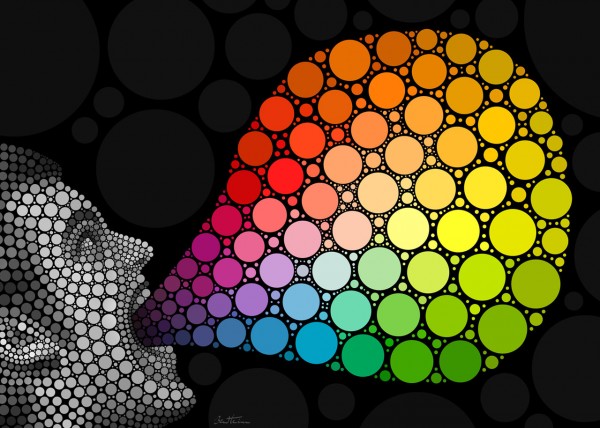While there is no right way of choosing design colours, there are definitely certain colour combinations that work well and certain combinations that don’t. That doesn’t mean you are restricted to choosing specific colour combinations; it just means that there are particular colours that only work well with in certain combinations. While there is a science to picking the right colour combination, there is still a subjective element in design colours, so the idea is to be creative with your choices while ensuring that the combinations you choose obey the colour theory.
Colour Theory
Basically, there are three aspects of the colour theory that are useful in selecting design colours, with the main category being the colour wheel. The colour wheel is designed to present an arrange selection of hues and creates a logical colour structure that can be used as a reference to mixing combinations of colours. The primary colures of a circle wheel include: red, yellow and blue. These three hues are the basis from which other colours are derived and as such they cannot be used in other colour combinations.
The colour theory defines the sweet spot of arranging different colour combinations. It explains that certain colour combinations offer a bland visual experience, while some colour combinations create a disorganised and illogical colour structure that the human brain will reject. The concept of colour harmony dictates that an effective visual experience is one that consist of engaging colours, such as yellow, without creating a chaotic visual experience that the human mind cannot comprehend.
Colour Purposes
When choosing a colour combination, it is important to select colours that are relevant to the purpose. Colours have acquired meanings of their own; as such they can be used to convey messages and feelings to the viewer. Countries around the world have adopted different meanings for colour, so it is crucial to understand the definitions of colour so that you can use them in the right context. Generally, Blue conveys a sense of security, Green gives off a fresh vibe, Yellow is associated with a feeling of energy and Purple/Pink can be used to convey a spiritual or romantic purpose.
Choosing the right colour combination
The idea is to use as few colours as possible while utilising prominent colours that convey a strong message. Using too many colour combinations can convey mixed messages and thus it is generally not a good idea to use a large colour set. Utilising a limited number of colours allows you to create a strong identity and style for your client’s brand. A good combination of contrast and complimentary colours should be used to establish a well-balanced design. The trick is to keep it simple and use a balance between colour and contrast. That way you can create a harmonious design without over doing the colour combinations.
The important thing to remember is that colour combinations definitely have a subjective element to them, so feel free to experiment with colours of your choosing. Everyone has a different taste in colours, so it makes sense that choosing design colours is an inherently subjective experience, but by following the colour theory you can ensure that the colour combinations you choose actually work well together. Of course, you also have the option of consulting with various marketing firms, such as Starmen (a marketing firm in Los Angeles), to gain inspiration for design colours or to seek expert assistance on your design. Just keep in mind that keeping it simple and abiding aspects of the colour theory will work wonders for the effectiveness of your designs.
Article by Zuhair Siddiqui, a guestwriter for StarmenUSA, a graphic design agency in Los Angeles. The company also focuses on design and branding. The aim is to create effective designs and valuable brand experiences.

